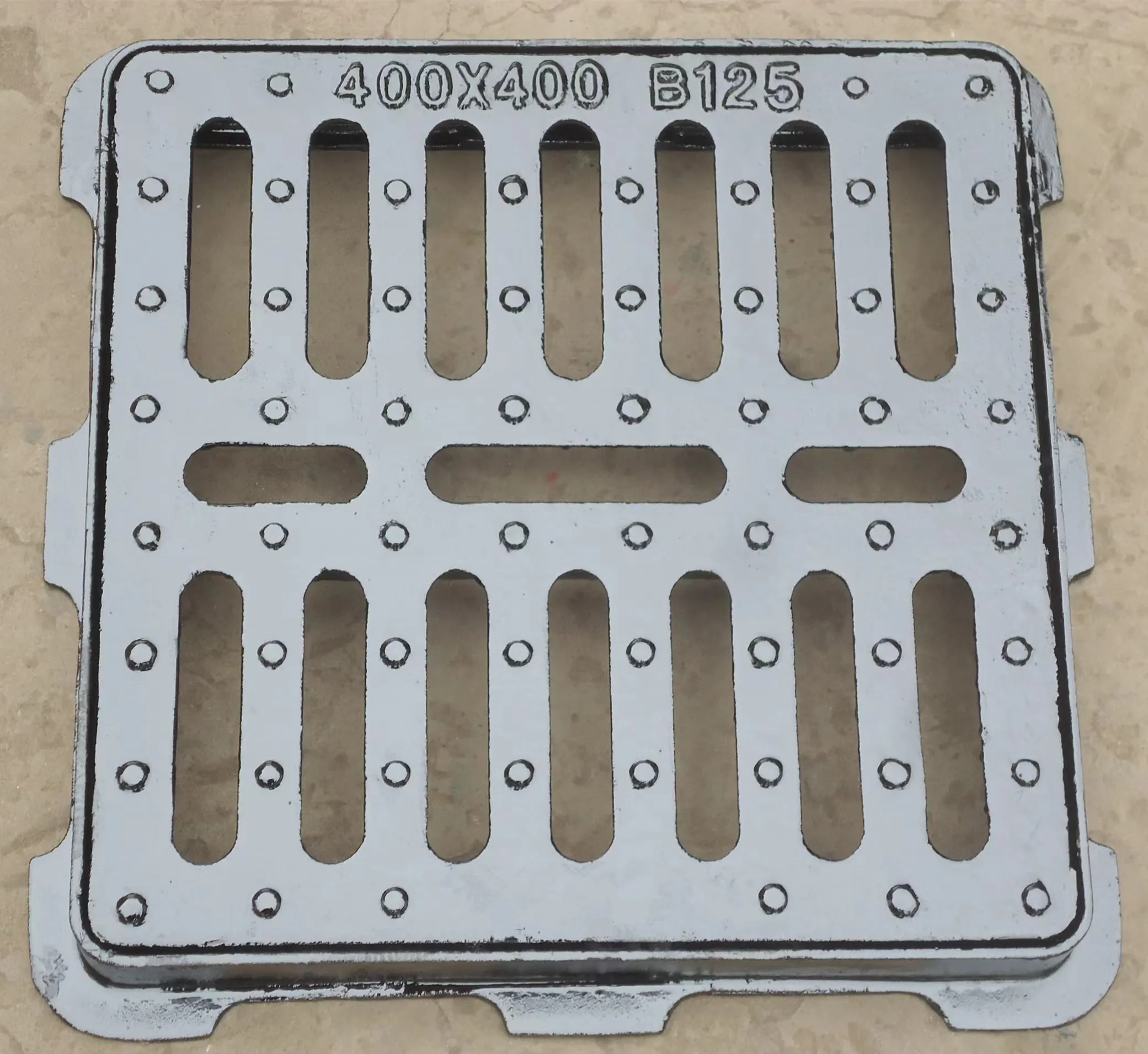4 Inch PVC Butterfly Valve for Efficient Fluid Control and Versatile Applications
Understanding the 4-Inch PVC Butterfly Valve
The 4-inch PVC butterfly valve is a critical component used in various fluid management systems. Designed for ease of use and efficiency, it plays a pivotal role in controlling the flow of liquids and gases across pipelines in numerous applications, including water treatment, irrigation systems, and industrial processes. In this article, we will delve into the specifications, functionalities, benefits, and applications of the 4-inch PVC butterfly valve.
What is a Butterfly Valve?
A butterfly valve is a quarter-turn valve that utilizes a rotating disc to regulate the flow of fluid. The disc, or butterfly, is mounted on a shaft that is positioned perpendicular to the pipeline. When the valve is turned, the disc rotates to either open or close the flow passage. This design allows for quick operation and efficient flow regulation, making butterfly valves popular for applications where rapid response is critical.
Specifications of the 4-Inch PVC Butterfly Valve
1. Material The 4-inch version predominantly uses PVC (polyvinyl chloride), a durable and chemically resistant plastic. PVC is ideal for many applications due to its lightweight nature, resistance to corrosion, and low cost compared to metals.
2. Size As the name suggests, the valve has a diameter of 4 inches, making it suitable for various pipe sizes and flow rates. It provides a significant capacity for managing fluid movement, ensuring optimal performance.
3. Pressure Rating Most 4-inch PVC butterfly valves are rated for low to moderate pressure applications, typically handling pressures up to 150 psi. However, users should verify the pressure rating specific to their valve model, as this can vary.
4. Temperature Range PVC butterfly valves can typically withstand temperatures up to 140°F (60°C). Beyond this range, the material may lose structural integrity, which could lead to valve failure.
5. Actuation These valves are available in both manual and actuated options. Manual valves are operated via a handle, while actuated valves utilize electrical or pneumatic actuators for remote control, enhancing automation in process systems.
Benefits of Using PVC Butterfly Valves
1. Corrosion Resistance PVC is inherently resistant to a wide range of chemicals, making it a suitable choice for applications involving aggressive fluids.
2. Lightweight The lightweight nature of PVC makes installation and maintenance easier compared to metal valves. This characteristic also reduces the overall system weight, which can be beneficial in various setups.
4 inch pvc butterfly valve

3. Cost-Effective PVC valves are generally more affordable than their metal counterparts, providing an economical solution for fluid control without compromising on performance.
4. Easy Installation The simple design and lightweight properties allow for straightforward installation methods, typically requiring less labor and time.
Applications of 4-Inch PVC Butterfly Valves
Due to their versatile nature, 4-inch PVC butterfly valves find applications across multiple sectors
1. Water Treatment Facilities These valves help regulate water flow in treatment plants, ensuring efficient operation and maintenance of the system.
2. Irrigation Systems Farmers and agricultural operators utilize butterfly valves for effective water management in irrigation, allowing precise control over water distribution.
3. Chemical Processing In chemical plants, these valves manage the flow of various liquids, taking advantage of PVC’s chemical resistance.
4. HVAC Systems Butterfly valves are employed in heating, ventilation, and air conditioning systems to control airflow efficiently.
5. Aquarium and Aquaculture They are also widely used in aquariums and aquaculture systems for controlling water flow and maintaining life-support systems.
Conclusion
The 4-inch PVC butterfly valve stands out as a vital element in numerous fluid control applications. Its combination of durability, cost-effectiveness, and ease of installation makes it a preferred choice for many industries. As technology and materials continue to evolve, the versatility of butterfly valves—especially in PVC—ensures they will remain an integral part of fluid management solutions for years to come.
-
The Smarter Choice for Pedestrian AreasNewsJun.30,2025
-
The Gold Standard in Round Drain CoversNewsJun.30,2025
-
The Gold Standard in Manhole Cover SystemsNewsJun.30,2025
-
Superior Drainage Solutions with Premium Gully GratesNewsJun.30,2025
-
Superior Drainage Solutions for Global InfrastructureNewsJun.30,2025
-
Square Manhole Solutions for Modern InfrastructureNewsJun.30,2025
-
Premium Manhole Covers for Modern InfrastructureNewsJun.30,2025
